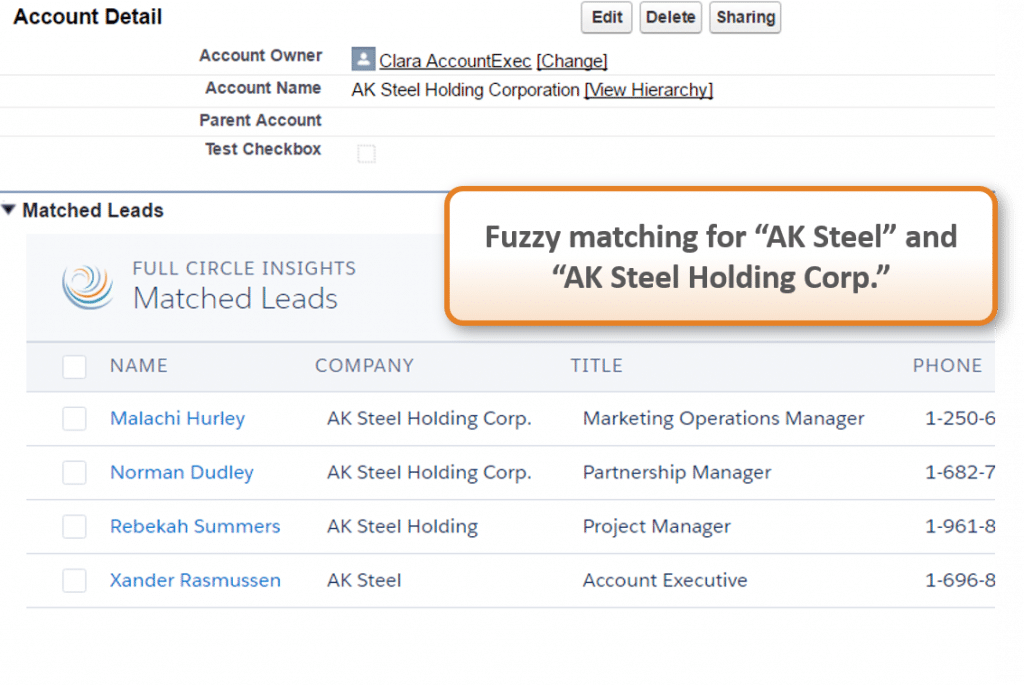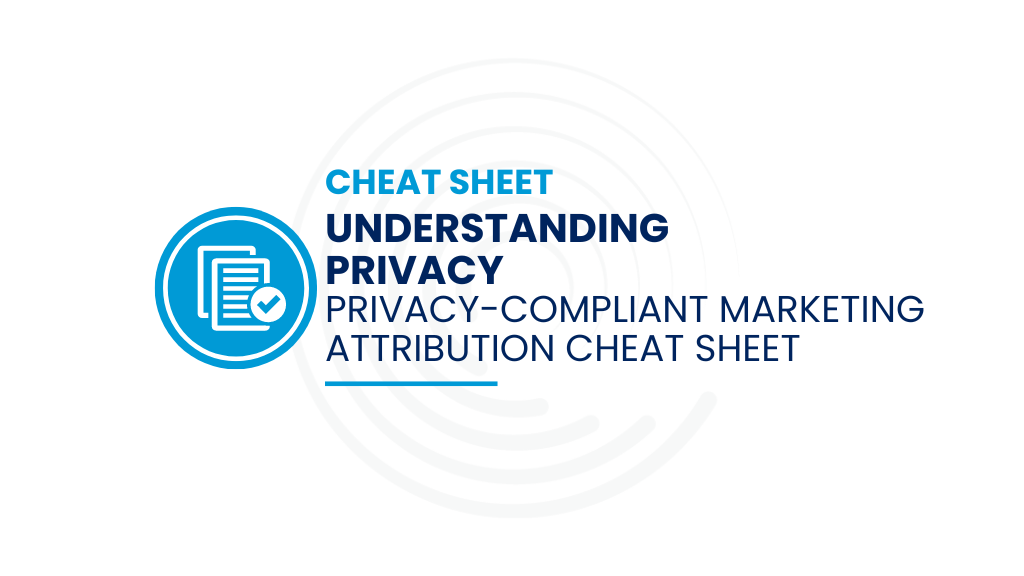As you plan for 2018, you might be looking at lofty revenue goals. To address those lofty goals, you may be turning to an Account-Based Marketing (ABM) strategy to vastly improve your conversion rates. It makes sense, ABM promises higher efficiency through better account targeting. But, could ABM potentially hurt your efficiency? It can, and data is the culprit.
Data Can Make or Break Your ABM Strategy
Engaging accounts in an ABM or Account-Based Everything strategy requires consolidated data, a single source of truth. Specifically, a marketer or sales rep needs to know:
- who a person is, as well as contact information,
- what company that person works for,
- what account that represents (can be one and the same as the company)
- and a unified history of past engagement with that person.
Once you have the above pieces of data, you as a marketer or sales rep can reach out and engage with a targeted account, illustrated by the following sentence.
In my target account, a person works at company, and I have previously engaged on certain dates.
Aside from sourcing that data (which is a separate topic), the biggest problem is having a single master record that unifies this data to represent accounts in a consolidated way. You may have the right people in your Salesforce, but are they connected to the accounts?
Connecting the leads to accounts takes hours of work per week, which is a lot of time for a sales rep to dedicate to “non-revenue generating” activities. You would want to use technology that will connect them for you.
Lead to Account Matching Technology
Look for certain key specifications for ABM technology that meets your needs and can ultimately save your team from the nightmare that is ABM data. You would definitely want smart matching that is just as good as a human, so it should be able to understand company names that are close enough to match the lead to (“inexact matches”). This is called fuzzy matching logic. See below.

- Smart Lead-to-Account matching technology, with fuzzy matching logic and tie-breaker rules that are customizable
- Auto-conversion of Leads to Contacts, with customizable rules to enable, disable, and modify conversion
- Customizable lead routing logic to assign leads to the correct prospect owners to engage for their target accounts
- Summary of account engagement level with a rating of each account, incorporating all matched Leads and Contacts in Salesforce
- Exists as a Salesforce application natively, to edit your master CRM records and prevent duplicates
Full Circle Matchmaker is one product with the features above. When you utilize lead to account matching technology in Salesforce, you can immediately see productivity gains from your sales team and take a big step towards a more successful ABM strategy. One company, Highspot, a provider of a single content repository platform for sales content, implemented lead to account matching technology and saw immediate results. See below for the impacts on their data and productivity.

So for your ABM strategy, consider the tools out there that can really enable your initiative with a foundation of matching technology. Matchmaker technology creates the connection between all your leads and account and saves your team a ton of time so that they can focus on targeted ABM engagement.
Take a look at Full Circle Matchmaker in action to see how it could enable ABM in your Salesforce.







